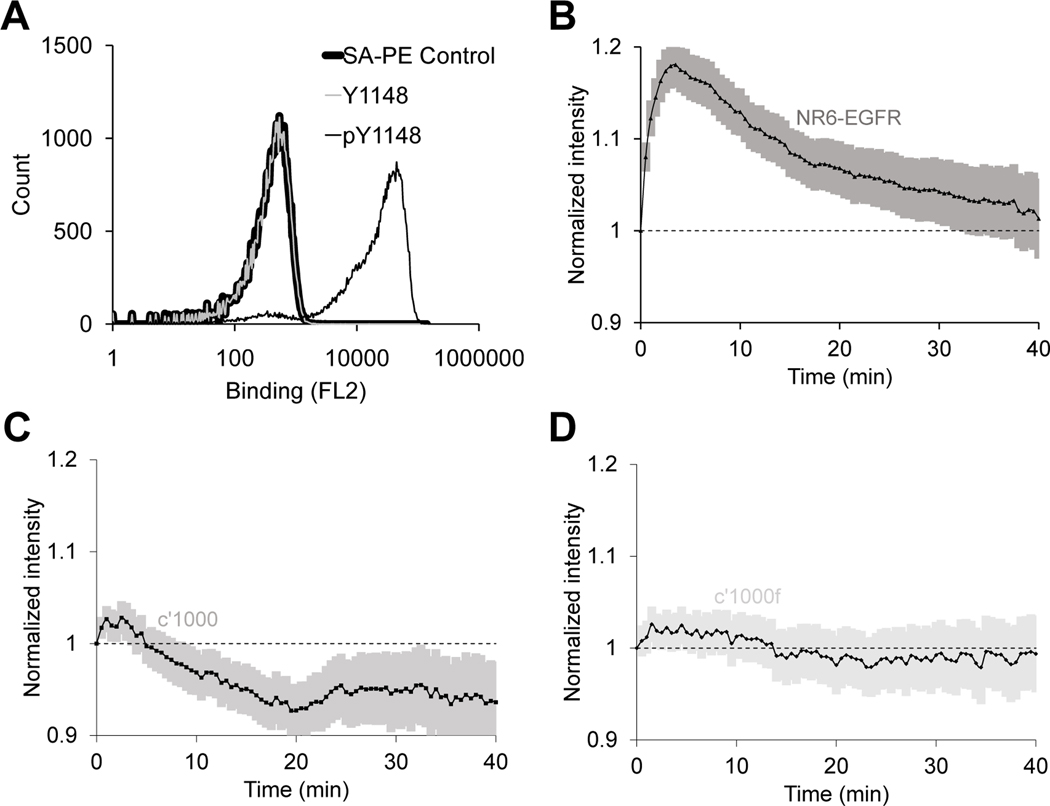Fig 5. The SPY1148 biosensor responds to EGFR phosphorylation and displays increased specificity for the pTyr1148 site of EGFR in live-cell imaging experiments.
(A) Yeast cells displaying SPY1148 on the cell surface were labeled with biotinylated synthetic peptides corresponding to the pTyr1148 or Tyr1148 sites in EGFR, followed by secondary labeling with streptavidin-PE (SAPE). A control sample of yeast cells labeled with only SAPE is also shown. (B–D) Normalized membrane recruitment of SPY1148 in response to EGF stimulation of NR6 cells expressing wild-type EGFR (B, n = 213 cells from 8 independent experiments), the c’1000 EGFR truncation mutant (C, n = 144 cells from 5 independent experiments), or the c’1000F EGFR mutant with the Y992F mutation (D, n = 144 cells from 5 independent experiments). EGFR compared to c’1000 and c’1000f are significantly different, p <0.0001 by two-way ANOVA) 95% confidence intervals are shaded in (B–D).

